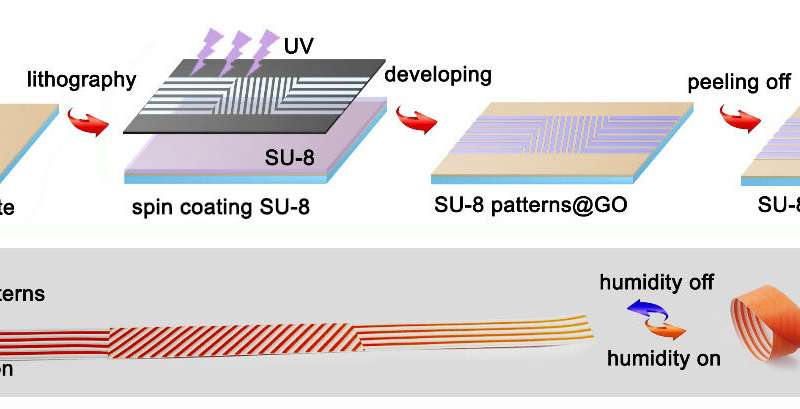Actuators that can convert various environmental
stimuli to mechanical work have revealed great potential for
developing smart devices such as soft robots,
micro-electromechanical systems (MEMS), and automatic lab-on-a-chip
systems. Generally, bilayer structures are widely used for design
and fabrication of stimuli responsive actuators. In the past
decade, to pursue fast and large-scale deformation, great efforts
have been devoted to the development of novel smart materials. To
date, various stimuli response materials/structures have been
successfully developed and employed for bimorph
actuators.




